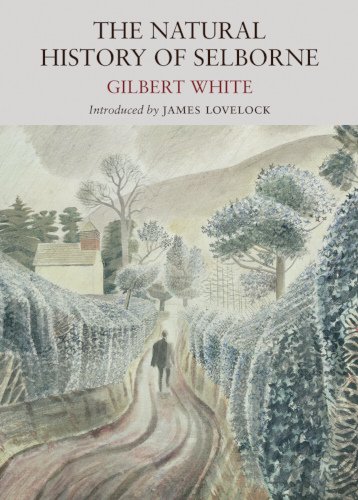
Gilbert White’s The Natural History of Selborne is rightly regarded as a nature writing classic. Never out of print since it was first published in 1789, it takes the form of letters to two different correspondents. The letters describe White’s natural history observations in and around his native village of Selborne in Hampshire, often incorporating White’s hypotheses about the things he is describing. He is also admirably sceptical of certain dubious claims made by other naturalists.
Of special interest to White was the subject of bird migration, particularly of his beloved swallows, martins and swifts. At the time, views differed on whether these birds really migrated to different climes during winter months, or whether they remained in Britain and hibernated. Some even suggested they hibernated under water! White hedges his bets somewhat, but generally seems to favour the migration hypothesis.
Another subject that recurs in the letters is White’s (correct) belief that certain birds formerly thought of as a single species were, in fact, three separate species: the willow warbler, wood warbler, and chiffchaff. But he doesn’t get everything right. At one point, he hypothesises that deer have an extra pair of nostrils near their eyes. In this, he seems to be mistaking scent glands.
White was a wonderful observer, and also a major influence on that other wonderful observer of natural history Charles Darwin. As Darwin reminisced in his old age about his childhood:
From reading White’s ‘Selborne’, I took much pleasure in watching the habits of birds, and even made notes on the subject. In my simplicity I remember wondering why every gentleman did not become an ornithologist.
The Natural History of Selborne thoroughly deserves its place among the classics of nature writing. I own several copies. My favourite is the one published by the wonderful Little Toller, which contains fantastic illustrations by the illustrator Eric Ravilious.
Highly recommended.
- Buy this book from Bookshop.org (UK) and help tax-paying, independent bookshops.
- Buy this book from Amazon.co.uk
- Buy this book from Amazon.com